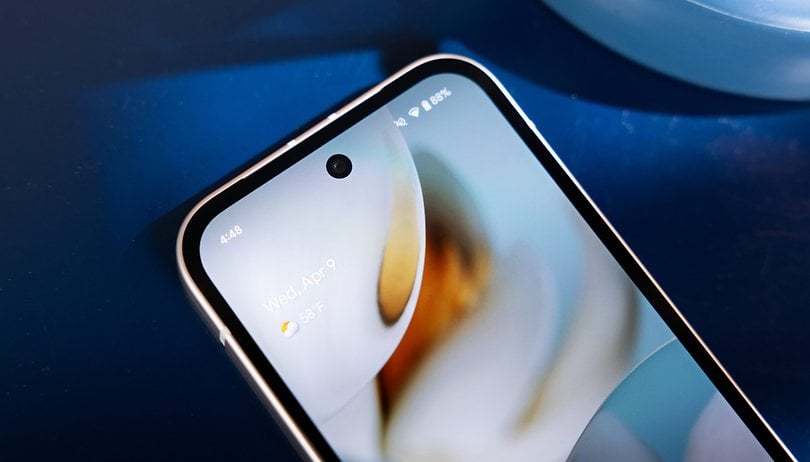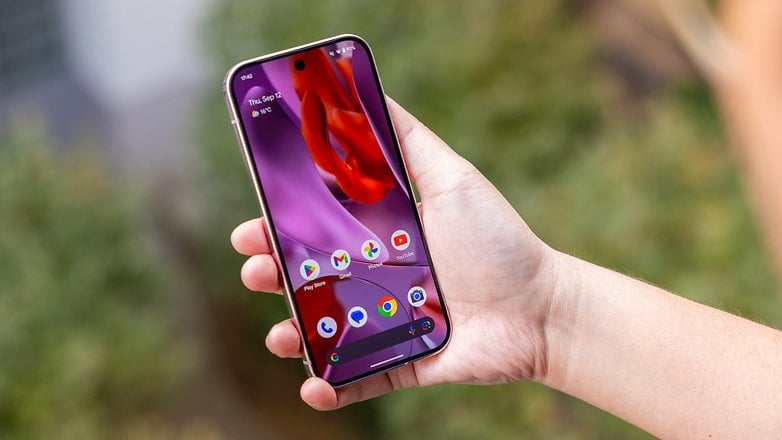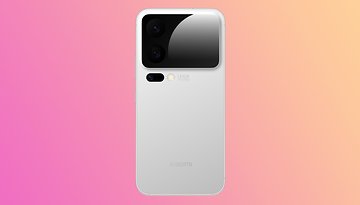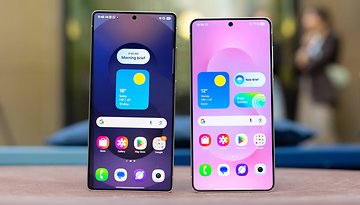Flicker Be Gone: Google Pledges Fix for Pixel's Major Screen Flaw


Google's Pixel smartphones are known for their high-quality displays. Recent Pixel models utilize PWM, or Pulse Width Modulation, to control display brightness. While PWM offers several advantages, a significant drawback is that it can cause headaches and nausea for users sensitive to flicker. Google has hinted at addressing this issue this year, possibly in their next-generation Pixel devices.
The Google Pixel 9 series, along with the Pixel 9a (review), employs OLED displays, which inherently use PWM to adjust brightness levels even similar to flagship Galaxy devices of Samsung. Technically, higher brightness levels correspond to faster refresh rates (in Hz), while dimmer levels utilize slower frequencies. This method offers benefits like precise brightness control without compromising color accuracy.
However, the use of frequency to regulate brightness can lead to perceptible display flickering for some users, especially at lower brightness levels. This can subsequently result in headaches, eye strain, and nausea. Recent Google Pixel models have reportedly used lower PWM frequencies, ranging from 240 to 480 Hz, figures that are generally on the lower end compared to displays in flagship devices from some Chinese manufacturers.
Google Promises to Address Screen Flickering in Pixel Devices
In response to an inquiry from Android Central regarding the Pixel 9a lacking flicker-free technology, Google stated that they are aware of and working to address this particular issue affecting select users. They plan to announce updates regarding this matter later this year.

This message, while somewhat vague, suggests that Google has planned enhancements to reduce the fatigue or eye strain caused by display flickering, likely through hardware improvements. However, given Google's software expertise, a software update that mitigates flickering is also a possibility.
There's also a chance this hints at a display upgrade that could be introduced first with the Pixel 10 series. This might involve higher PWM frequencies or a different brightness control method like DC dimming (Direct Current), which adjusts brightness by altering the current level, ultimately eliminating flickering while potentially being more power-efficient.
Regardless of the specific approach, Google's commitment to address this long-standing concern for many smartphone users is noteworthy.
Google is expected to announce the Pixel 10 in early fall, typically between August and September, although there is no official confirmation of the launch timeframe yet.
Do you think you would benefit from this display upgrade? What other features would you like to see in the Pixel 10? Tell us your thoughts in the comments.
Source: Android Central


















